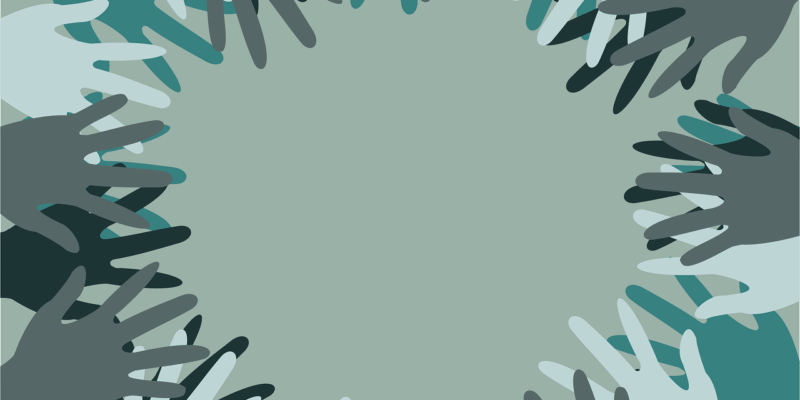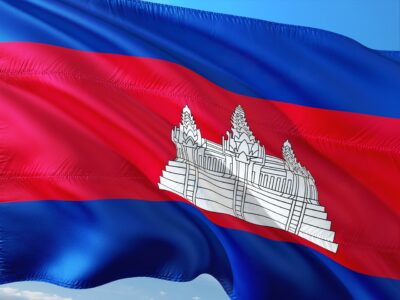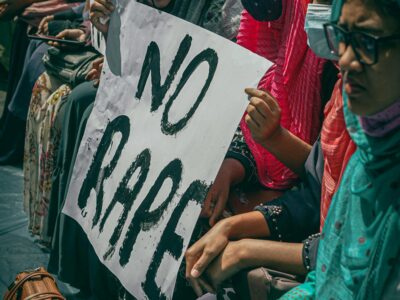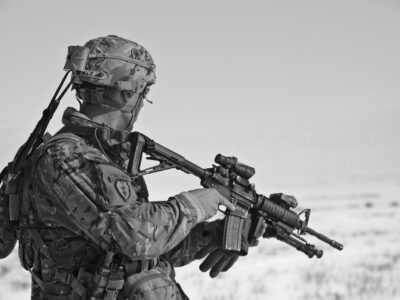
Global Human Rights Defence has opened its doors to young voices, giving children the opportunity to share their views on Human Rights. Not only are Human Rights just for politicians and adults, they as well affect young people every single day. As part of this children-focused initiative, one of our 14-year-old contributors shares her perspective on what Human Rights mean, why they matter to teenagers, and how age should never be a barrier to making a difference. Global Human Rights Defence strongly believes that individuals are never too young to engage with Human Rights.
As a 14 year old, people sometimes ask me how I see Human Rights and what it really means to someone my age. At first, it felt like a big and complicated topic, something that only adults or politicians talk about. But the more I learned, the more I realized that human rights affect me and every other young person every single day. From going to school, having a say in decisions, or just being treated fairly. These are all part of our rights. I want to research what Human Rights really are, how they connect to teenagers, and what the world of human rights looks like through the eyes of a teenager.
What is Human Rights?
Human Rights are rights that count for all of us no matter the nationality, national or ethnic origin, color, religion, language, or any other status. Human Rights cover a wide range of topics. From big issues like the right to life, to smaller issues such as the rights to food, education, healthcare, and work. International Human Rights Law is there to protect our rights.
Which law fits?
The law that gives the definition and protection comes from the Universal Declaration of Human Rights (UDHR). Article 2 states the following: “Everyone is entitled to all the rights and freedoms set forth in this Declaration, without distinction of any kind, such as race, colour, sex, language, religion, political or other opinion, national or social origin, property, birth or other status.” This article provides the important definition of Human Rights.
What is the connection between Human Rights and teenagers?
It is important to protect teenagers through Human Rights, as we face discrimination to fully enjoying their rights simply because of our age. This can hold us back from reaching their full potential. The Office of the High Commissioner for Human Rights published a report on teenagers and Human Rights. The report documented the discrimination and some of the challenges for teenagers in accessing social, economic and cultural rights. Examples include:
- Participation
- School and work
- Access to health
- Teenagers in vulnerable situations
How can teenagers be more interested in Human Rights?
There are many ways for teenagers to get involved in Human Rights. One of the things is learning about the rights. By reading, watching videos, or doing research, teenagers can understand what Human Rights are and why it is important. Schools can also help by adding Human Rights in lessons or giving students projects. Joining a Human Rights club is another way to learn more. Finally, teenagers can become Human Rights advocates by raising awareness, speaking out, and sharing what we have learned with their friends, families, and communities. All of these small steps can lead to a big difference.
Conclusion
Human Rights are very important as they protect everyone, no matter where you are from. The Universal Declaration of Human Rights (UDHR) says that everyone, including teenagers, should have the same freedoms and opportunities. But in real life, we face challenges such as not being taken seriously, struggling to find jobs after school, or not getting the healthcare they need. These things can make it harder for us to enjoy their rights. Even with these issues, we still have the power to make a difference. We can learn more about our rights at school, join clubs, or take part in projects that help raise awareness. It is a chance to speak up and stand up for what is right to make a difference. We can learn more about our rights at school, join clubs, or take part in projects that help raise awareness.
So what does the Human Rights world look like to a teenager?
It is a mix of problems and real chances to make change. There is discrimination and unfairness, but there are also a lot of ways for us to get involved and help for a better future. Human Rights are not just something adults deal with, they matter to us teenagers too. We are part of the fight to protect our rights.







Comments